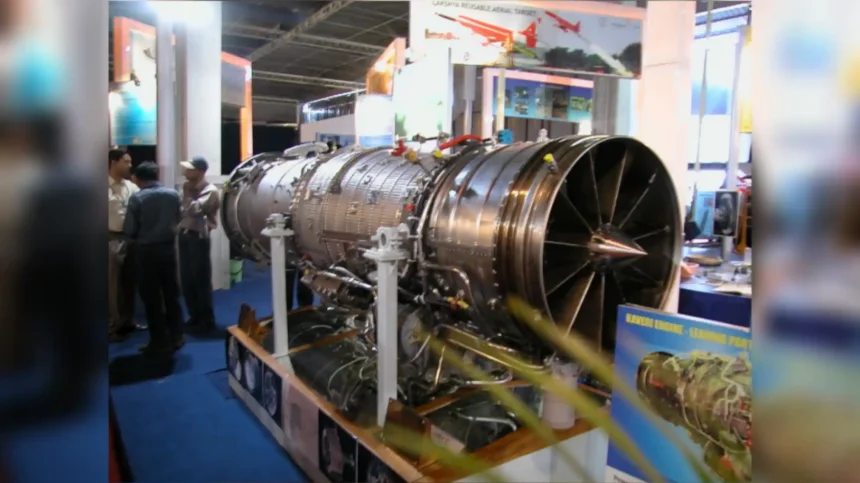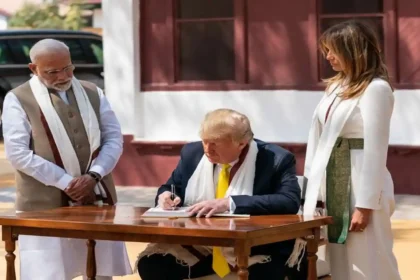Bengaluru, July 16, 2025 – A big step forward for India’s defense technology is happening in Rajanukunte, near Bengaluru. The Gas Turbine Research Establishment (GTRE), part of the Defence Research and Development Organisation (DRDO), is close to finishing its new 130kN Twin Engine Test Bed Facility. Work on this place started in September 2023, and it should be ready by October 2025. This facility will help India make its own jet engines, reducing the need to rely on other countries.
The Rajanukunte facility is built to test engines that can produce up to 130 kilonewtons of thrust. This means it can handle different kinds of engines, from the Kaveri Derivative Engine (KDE) to a new one planned for the Advanced Medium Combat Aircraft (AMCA). The KDE is designed to give 46-52 kilonewtons of thrust without afterburners and will power the Ghatak stealth Unmanned Combat Aerial Vehicle (UCAV). This UCAV is a 13-ton machine that can do precision strikes, gather intelligence, and even fight in the air. The new test bed will let engineers check how well the KDE works under tough conditions right here in India.
The facility has two test cells, which can copy real-world situations like high altitudes and fast speeds. This will help test the KDE, which has already been tried in Russia and reached 49-51 kilonewtons of thrust. Plans are also in place to test it on a modified Ilyushin Il-76 plane in Russia later this year, with hopes to finish certification by 2026. The Rajanukunte site will make it easier to keep improving the engine without sending it abroad.
Another goal is to upgrade the KDE with an afterburner to get 80-85 kilonewtons of thrust, which could work for the Tejas Mk1A fighter plane. Right now, the KDE weighs about 1,180 kilograms, which is heavier than the General Electric F404 engine at 1,036 kilograms. The new facility will help fix this by testing new materials and designs. GTRE’s director, Dr. S.V. Ramanamurthy, has said they are aiming for a 120 kilonewtons engine for the AMCA, and the Rajanukunte test bed will be key to making that happen by 2029 or early 2030s.
This project started because India has wanted its own jet engines for a long time. Back in 1986, the DRDO began working on the Kaveri engine, but it faced many challenges. Now, with this new test facility, things are looking up. It will not only help the military but might also open doors for private companies and international partners to work on engines together. The first tests at Rajanukunte are expected by mid-2026, marking a big moment for India’s aerospace future.
This news shows how India is working hard to build its own technology and stand strong in the world of defense.







